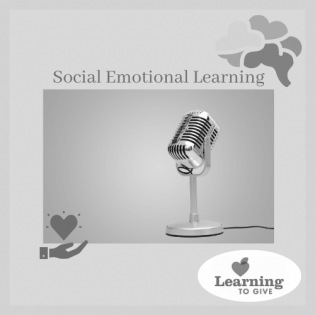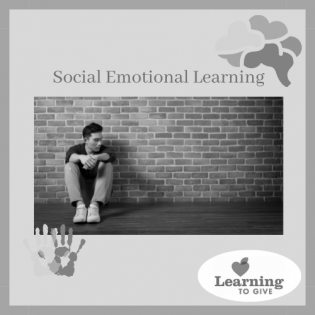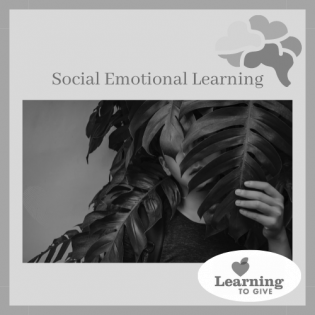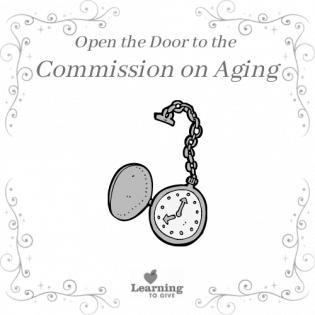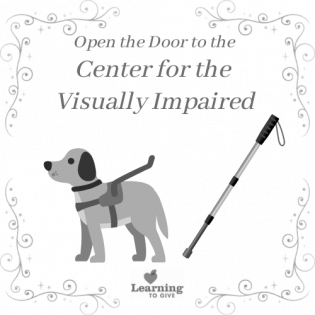This project is a simulation meant to guide participants through the process of organizing a protest/demonstration. Participants are asked to identify a problem they want to solve and then plan a nonviolent protest/demonstration while being conscious of safety, resources, community norms, and ethical behavior. The hope is that this activity might inspire the next Greta Thunberg or Malala Yousafzai to take action and create change!
Filter by subjects:
Filter by grades:
Filter by audience:
Filter by issue area:
Filter by content type:
Filter by resource type:
resource search
In this activity young people are asked to consider how their race, ethnicity, gender, or sexuality impact how they control their emotions. This Self-Management tool asks young people to reflect upon how they regulate their behaviors and emotions. They will then be asked to discuss how race, gender, and other identity markers impact the expectations of behavior and emotion regulation from different groups. Different Strokes for Different Folks is inspired by the article, "Why We Can't Afford Whitewashed Social-Emotional Learning" by Dena Simmons.
Identity self-portraits create opportunities for self-understanding by encouraging youth to reflect on different facets of their identities. Participants illustrate their visible and invisible identity markers, reflect upon how these identities interact with how they perceive themselves and how they are perceived by others.
After a meaningful session or day together, a reflective writing prompt can help young people internalize, sort, or articulate their thoughts and feelings. A great tool for SEL and personal reflection, exit tickets provide a prompt to bring thoughts to a close before moving out the door. Designed to be handed to the facilitator as a "ticket" out the door, they may also be kept private if someone doesn't want to share their thoughts in the moment.
Open the door to a local nonprofit that connects people over 60 to people and services to live a healthy, independent life. The Commission on Aging is a resource that promotes intergenerational relationships and support for people who need meals brought to their homes or opportunities for fun and gathering. Learn about this organization and how you can help.
Open the door to the center for the blind and visually impaired and find out how advocates for people who are blind make your community a better place. People who are blind or visually impaired are just like sighted people. The best thing we can do is seek to understand how to communicate and be respectful of their abilities and interests. Learn about this organization and how you can help.
